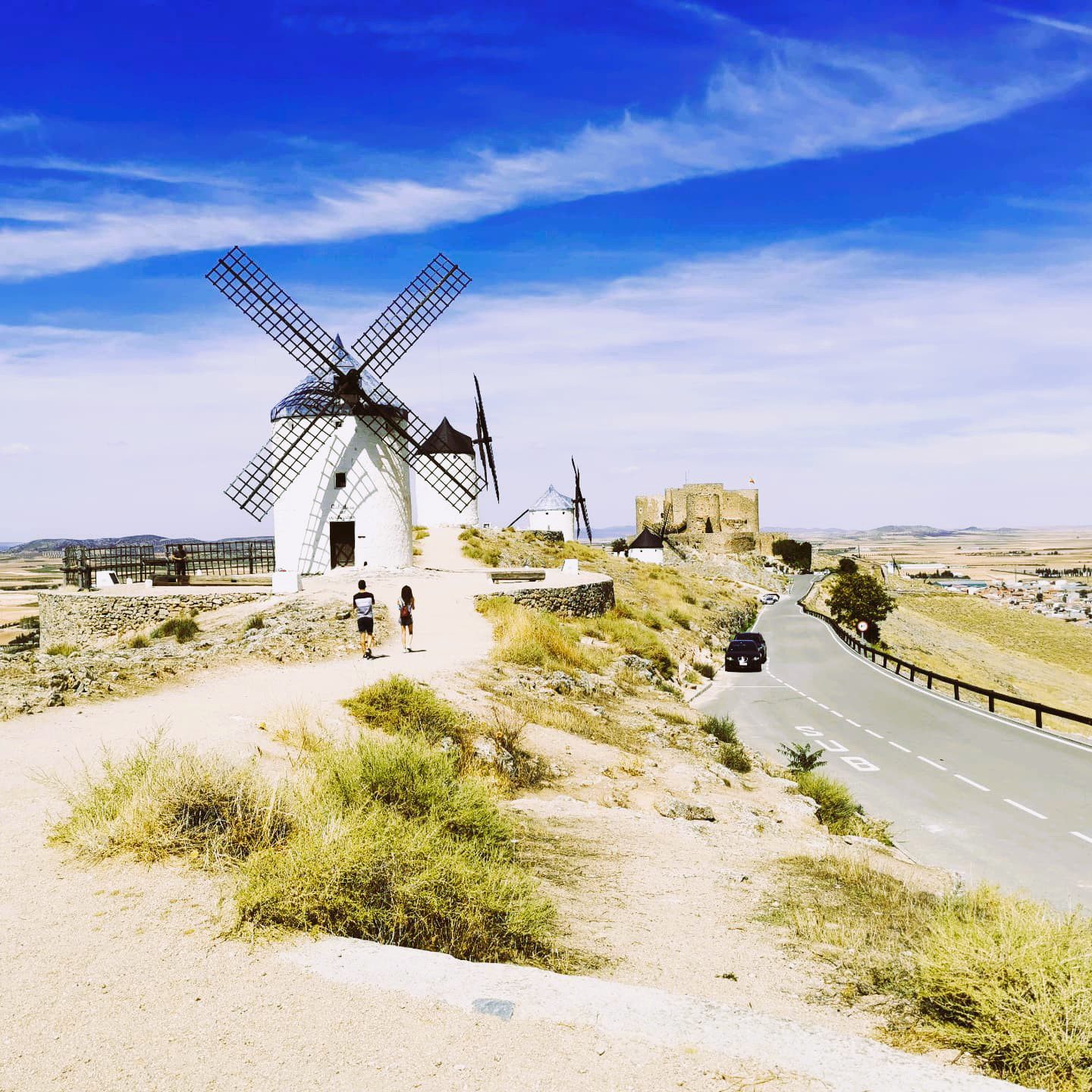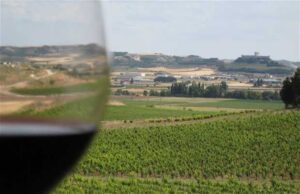

Unbridled Taste and Adventure
Discover the taste of Madrid that is more than just a vibrant city. Here, the wines reflect the heritage of the place. Imagine yourself savoring


Director of Wine Tours Madrid.
Wset 3 and Senior Viticulture Technician.


La Mancha is synonymous with wine. There is possibly no other territory in the world whose ancient, modern and contemporary history is so much influenced by the wine culture. Despite the immense extensions of vineyards that have been lost in the last 100 years, La Mancha is still by far the most extensive wine region in the world with about 50% of the Spanish vineyards. If Spain is the leading country in terms of the extension of cultivated vineyards with around 950,000 hectares, La Mancha holds almost half of them. La Mancha has always been a land of frontiers and a land of forced passage. An immense clay plateau with patches of desert and mountainous areas that extends throughout central and southern Spain. The region borders with Valencia, Andalusia, Murcia, Extremadura, Madrid and Castilla y Leon, which offers a diversity of landscapes and cultures that allows to reproduce an endless number of varieties and typologies of wine. La Mancha has historically been a territory linked to the production of bulk wines, where the production of airén grapes, the most cultivated white grape variety in the world, stood out, and whose production was used for table wines and distillations that fed the elaboration of sherry brandy. With the post-war period, Tempranillo began to occupy a prominent place, although the red wines of Valdepeñas have been known for a long time. In past centuries, these red wines were used to cover the wines from further north, which had more intense tones, hence in Spanish we call "capa" (layer) to the coloring intensity of the wines. Some red wines, such as those from La Mancha, added a layer of color to lighter wines.
Nowadays, the production of table wines is declining in favor of the elaboration of quality wines with denomination of origin, geographical indication or Vino de Pago, in fact La Mancha is home to the largest number of wineries in Spain qualified as Vino de Pago.
During our Tour of La Mancha you will be able to visit two unique wineries that by themselves express the magic and uniqueness of this region. Wineries that have managed to combine tradition and modernity to achieve unique wines that express the terroir of La Mancha through historical varieties such as cencibel or airén but also with others that came later such as vigoner, cabernet Sauvignon or Sauvignon blanc.
But La Mancha is more than wine. It is a land full of history, castles, fortresses, medieval villages and landscapes of infinite horizons and lands of ochre, reddish and green tones. During our tour we will pass by some of the emblematic places that make up the famous history of this region such as the windmills of Consuegra. These imposing giants, as Don Quixote thought of them, are agricultural machinery built since the 16th century for grinding grain. Mechanisms imported from Holland that served to facilitate the work of milling taking advantage of the wind power so generous in this land of infinite plains. Today, hundreds of windmills of singular beauty and elegance are still standing, irrigating the landscape of La Mancha with a deep halo of romanticism and fantasy.
We will take advantage of our visit to Consuegra to get into the heart of the machinery of one of these mills and learn from the inside the operation of its gears. We will contemplate the wonderful views that extend from the hill of the castle, a place from which the Christian troops had easy defense against the thrusts of the Muslim troops.
Only one hour from Madrid, this excursion to La Mancha is the perfect option for all those who want to get close to the largest wine region in the world and cradle of universal works such as Don Quixote of La Mancha or masters of dramatic art such as Pedro Almodovar.


Discover the taste of Madrid that is more than just a vibrant city. Here, the wines reflect the heritage of the place. Imagine yourself savoring


The Wine Pleasure Promise is Wine Tour Madrid's commitment to each client. The wine tours in the region offer


The Adventure Among Vineyards awaits you behind every hill. Surprise yourself in every discovery with the wine tours near Madrid.
©2022 ALL RIGHTS RESERVED
WhatsApp us